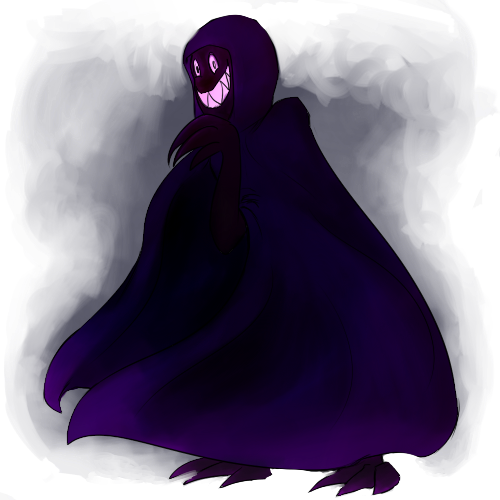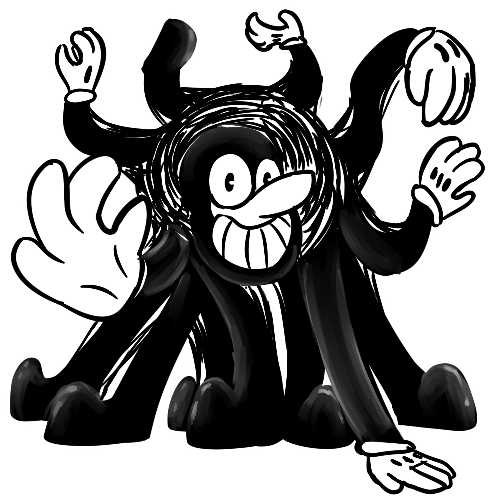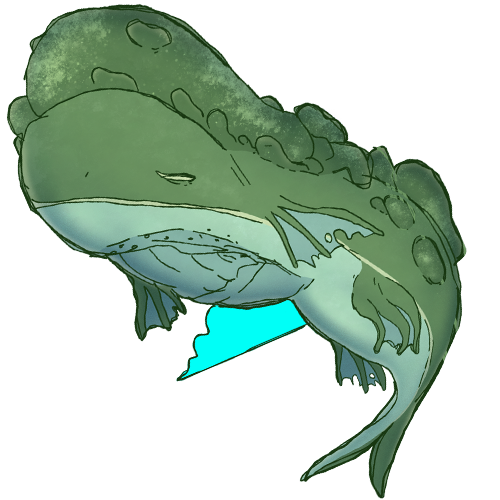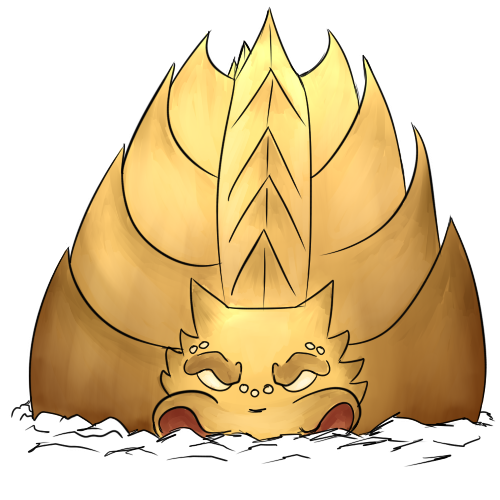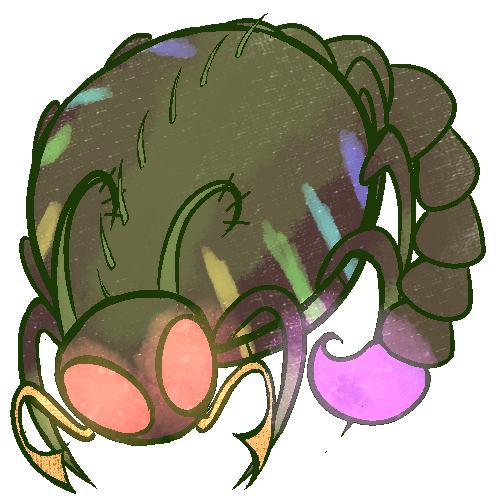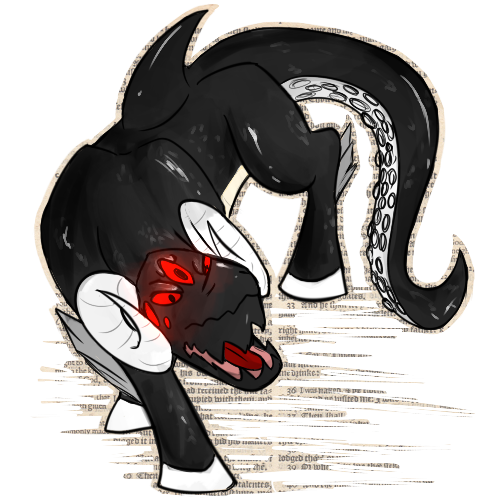Drop Flower
Headcrushers lurk in the lower branches of trees, anchoring themselves with coiled tentacles, waiting for a creature to pass below them. When this happens, they drop down onto the head of the unwary passerby, grab them by the head in their jaws forming a box-like shape, and begin squeezing in an attempt to crush or asphyxiate the victim. They are canny, and often position themselves above water sources, over often-used paths, and outside doors in the forest. When they have digested the head of a victim, they attach themselves to the spine and pilot the corpse to the next location they wish to hide in, before consuming the rest of the body and climbing a tree.


